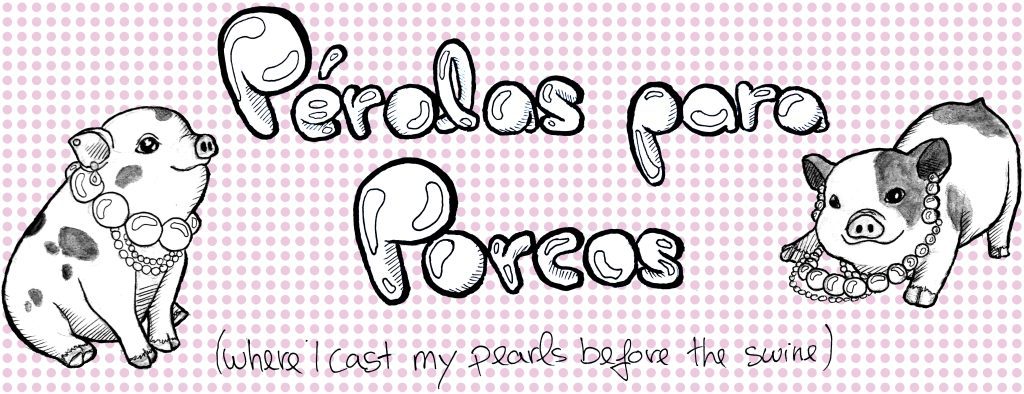
It became apparent to me that it is one of the most helpful ways to create independent animation films, especially at the beginning of one’s career, is to make them in residencies, which could be specifically oriented towards animation or simply artist residencies. These consist of facilities that vary in space and equipment, that artists are invited to use for a temporary period of time. The most prestigious ones normally include free accommodation and provide an opportunity to share artists’ work and experience with each other. Animation residencies are quite often associated to film festivals and/or production companies and animation studios and are used as a way of funding the production of independent films. If these residencies are free, artists are expected a lot of the times to take part in activities and organize workshops or talks associated to related events.


After my research there were a few residencies that stood out to me, the main one being NEF’s International Residency for Animated films hosted and coproduced by the Royal Abbey of Fontevraud, a quite famous castle in Valle de Loire in France. What appeals the most to me about this residency is the fact that it is targeted to international animators and that it takes place in an incredibly inspiring and peaceful place. Its aim it’s to offer the opportunity to emerging animation filmmakers and artists to develop their ideas without material constraints and to share their experiences with other artists, but most importantly it seems to focus mainly on the initial stages of an animation project, including creative research, writing, and overall experimentation and reflection on story and techniques. It lasts for a month, and it takes place twice a year, both during the month of April and the month of October. The applications for the residency in October 2023 and April 2024 have closed on the 31st of March. One of the most surprising things about this residency is that it includes a creation grant of 1200 euros, it covers a percentage of the travel expanse, it provides free accommodation and it holds no rights of ownership of the projects created there. In order to apply, I need to send an image representative of the project, a cover letter, a CV, a clear collection of “visual elements and graphic research” (a moodboard is forbidden, which I found quite interesting) and an optional portfolio of our former work.

Another animation residency that takes place in France is SARS (The Sustainability Animation Residency) in Arles, south of France. This is a much more recent residency and also much more competitive, as it only takes one artist per year, and it is oriented towards creating a “Sustainable Short”, meaning a short animation film that explores the themes related to the environment such as “climate change, endangered oceans, resource scarcity, future of food and agriculture, future cities, energy supply, mobility, species diversity, waste management, pollution, health, sustainable fashion and any other suitable topics”. This residency consists of a period of 6 weeks from the end of May to end of June/ beginning of July. The aim of this residency seems to be to polish the presentation of the project’s idea to the international animation film industry standards. This residency includes a visit and presentation of the project at the Annecy Film Festival, and it links the creator to producers and finance partners with the guidance of Miyu Distribution. It covers accommodation, travel and activity expanses, but any technical equipment should be of the property of the resident. The applications are due in mid January.
In Canada there’s also a few interesting international residencies, one of them was mentioned by our tutor Jenny Wright and it’s organized by TAIS! (Toronto Animation Image Society). This residency has the duration of 5 weeks and they can be taken from June to April, and it includes monetary funding of 2500$ and in-kind funding of 1500$, however in order to apply and to use different studio spaces one needs to pay a membership of some kind. Unlike the former residencies this one is aimed to those who wish to make the animation itself, providing equipment, resources and studio space, it’s not eligible for those who wish to develop pre-production stages. This residency also does not include accommodation and its application deadline are on the 22nd of May.

Another animation residency that stood out to me was H-air in Hiroshima, Japan, which is quite different in it’s length and aims. This residency not only is quite long, 6 months, from the month of May until the month of October but it also focus more on the activities that the animator will take part during the residency. It’s associated to the Hiroshima Festival (Hiroshima Animation Season) and the invitees are responsible for delivering a number of workshops and lectures to local residents, as well as advertising the animation festival. There isn’t necessarily a lot of information regarding the production of a specific animation film and one can apply to develop any stage of the animation, either production or pre-production, but accommodation is included, as well as transport expanses and a daily fee (more or less 15 euros). This is quite an interesting residency to me because of its pedagogic side, where we are expected to teach and guide other people in doing animation, instead of isolating ourselves in a dark studio animating.
